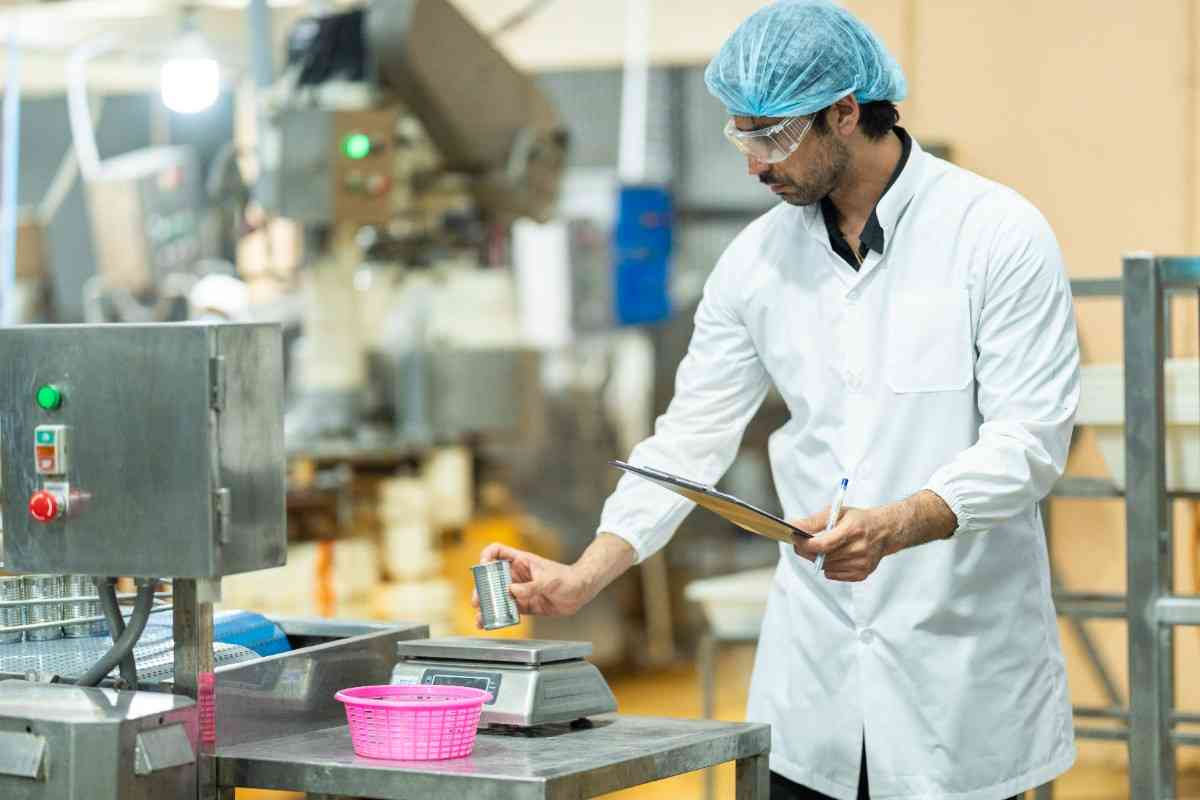Last Updated on November 11, 2025 by Admin
Table of Contents
Biofloc fish farming is an exciting, environmentally friendly way to raise fish that has become more popular in recent years. This method works incredibly well in India, where people want fish more than ever and need farming methods that are both efficient and good for the environment. This guide will explore what is biofloc fish farming, its benefits, the ideal fish species, how to prepare a biofloc pond, water quality management, and practical feeding techniques.
Understanding Biofloc Fish Farming
Biofloc fish farming involves creating a controlled environment where beneficial bacteria, algae and fungi thrive. These microbes convert waste products, like uneaten feed and fish excreta, into protein-rich feed for the fish. This process helps maintain water quality and reduces the need for frequent water changes, making it a cost-effective and sustainable practice. The primary concept behind biofloc fish farming is to recycle nutrients within the system.
Benefits of Biofloc Fish Farming
There are numerous benefits of biofloc fish farming that make it an attractive option for fish farmers:
-
Cost-Effective
One significant advantage of biofloc fish farming is its cost-effectiveness. By converting waste into valuable feed, farmers can reduce the amount of commercial feed required, lowering the overall biofloc fish farming cost.
-
Enhanced Water Quality
The biofloc system helps clean the water by turning harmful waste into helpful biomass. It also reduces the number of times the water needs to be changed, saving water and time.
-
Sustainable and Environmentally Friendly
Biofloc fish farming is good for the earth because it reduces the amount of dumped waste and encourages the recycling of nutrients. This makes it a good choice for growing fish long-term, especially in places with little water.
-
Higher Productivity
Biofloc gives the fish another way to get food, which helps them grow faster and produce more. Farmers may be able to make more money because of it.
-
Disease Prevention
The good microorganisms in the biofloc system help stop the spread of pathogens for fish, lowering the number of fish diseases. It helps fish populations stay healthy and reduces the number of fish that die.
-
Zero Water Exchange System
Biofloc fish farming operates on a zero-water exchange system, meaning water is not regularly replaced. This conserves water and reduces the labour and costs associated with water management.
Selecting the Ideal Fish Species
Choosing suitable fish species is crucial for the success of biofloc fish farming in India. Not all fish species are ideal for biofloc systems, so selecting those that thrive in such environments is essential. Some of the best-suited species include:
-
Tilapia
Tilapia is one of the most popular species for biofloc fish farming due to its hardiness, fast growth, and high tolerance to varying water conditions. It is a good choice for beginners.
-
Catfish
Catfish is another ideal species for biofloc systems. They are known for their ability to thrive in low-oxygen environments and have a high feed conversion ratio, making them a profitable option.
-
Carp
Carp species, such as rohu and common carp, are also well-suited for biofloc farming. They are resilient and can adapt to different water conditions, making them a viable option for Indian farmers.
-
Shrimp
Although shrimp is not a fish, it can be successfully integrated into biofloc systems. Shrimp benefit from the biofloc environment, which provides additional nutrition and helps maintain water quality.
Implementation Steps
Proper pond preparation is essential for the success of biofloc fish farming. Here are the key steps involved:
-
Site Selection
Choose a suitable location for the pond with good access to water and power sources. The area should have adequate drainage to prevent waterlogging.
-
Pond Construction
Construct the pond with a suitable lining material to prevent water seepage. Ensure the pond has proper inlet and outlet systems for water management. The depth of the pond should be sufficient to maintain the required water volume for the biofloc system.
-
Installing Aeration Systems
Aeration is essential for maintaining oxygen levels in the biofloc system. Install aeration devices such as air blowers, diffusers, or paddlewheel aerators to ensure adequate oxygen supply for the fish and microorganisms.
-
Setting Up Biofloc Culture
Introduce the initial culture of beneficial microorganisms into the pond. To promote the growth of biofloc, add organic matter, such as molasses or rice bran. Monitor the development of the biofloc before introducing the fish.
Water Quality Management
Keeping optimal water quality is vital for the success of biofloc fish farming. Here are some essential aspects of water quality management:
-
Monitoring Parameters
Monitor key water parameters such as pH, temperature, dissolved oxygen, ammonia, nitrite, and nitrate levels regularly. Maintaining these parameters within the optimal range is crucial for the growth of fish and microorganisms.
-
Biofloc Density
Maintain the appropriate density of biofloc in the water. High biofloc density can lead to oxygen depletion, while low density may not provide sufficient nutrition for the fish. Adjust feeding and aeration based on the biofloc density.
-
Water Exchange
While biofloc systems minimise water exchange, occasional partial water changes may be necessary to maintain water quality. Remove excess sludge and waste materials from the pond regularly.
-
Aeration
Ensure continuous aeration to maintain dissolved oxygen levels. Adequate aeration supports the metabolic activities of both fish and microorganisms, promoting a healthy biofloc environment.
Feeding Techniques in Biofloc Fish Farming
Feeding techniques play a crucial role in the success of biofloc fish farming. Here are some effective feeding strategies:
-
Balanced Diet
Use high-quality commercial feed and supplement it with natural sources such as biofloc and live organisms in the pond. Adjust the feeding frequency based on the fish’s growth stage and biofloc density. Frequent feeding ensures adequate nutrition and helps maintain a healthy biofloc environment.
-
Monitor Feed Intake
Monitor the fish’s feed intake regularly and adjust the feeding rates accordingly. Overfeeding can cause water quality issues, whereas underfeeding can affect the fish’s growth and health.
-
Use of Probiotics
Incorporate probiotics into the feed to enhance the digestive health of the fish and promote the growth of beneficial microorganisms in the biofloc system.
Unlocking Your Growth
Proper training is essential to successfully implementing biofloc fish farming. Training provides farmers with the knowledge and skills to manage the biofloc system effectively, including pond preparation, water quality management, and feeding techniques. By investing in training, farmers can maximise the benefits of biofloc technology, improve productivity, ensure the sustainability of their farming practices and can overcome the challenges of biofloc technology.
Also Read: How To Start Fish Farming? Easy Steps For Beginners
Conclusion
Biofloc fish farming in India offers a promising and sustainable approach to fish cultivation. By understanding what is biofloc fish farming, its benefits, and the best practices for implementation, farmers can achieve higher productivity and profitability. With proper planning, water quality management, and feeding techniques, biofloc fish farming can revolutionise the aquaculture industry in India, providing a reliable and eco-friendly solution for fish production.













